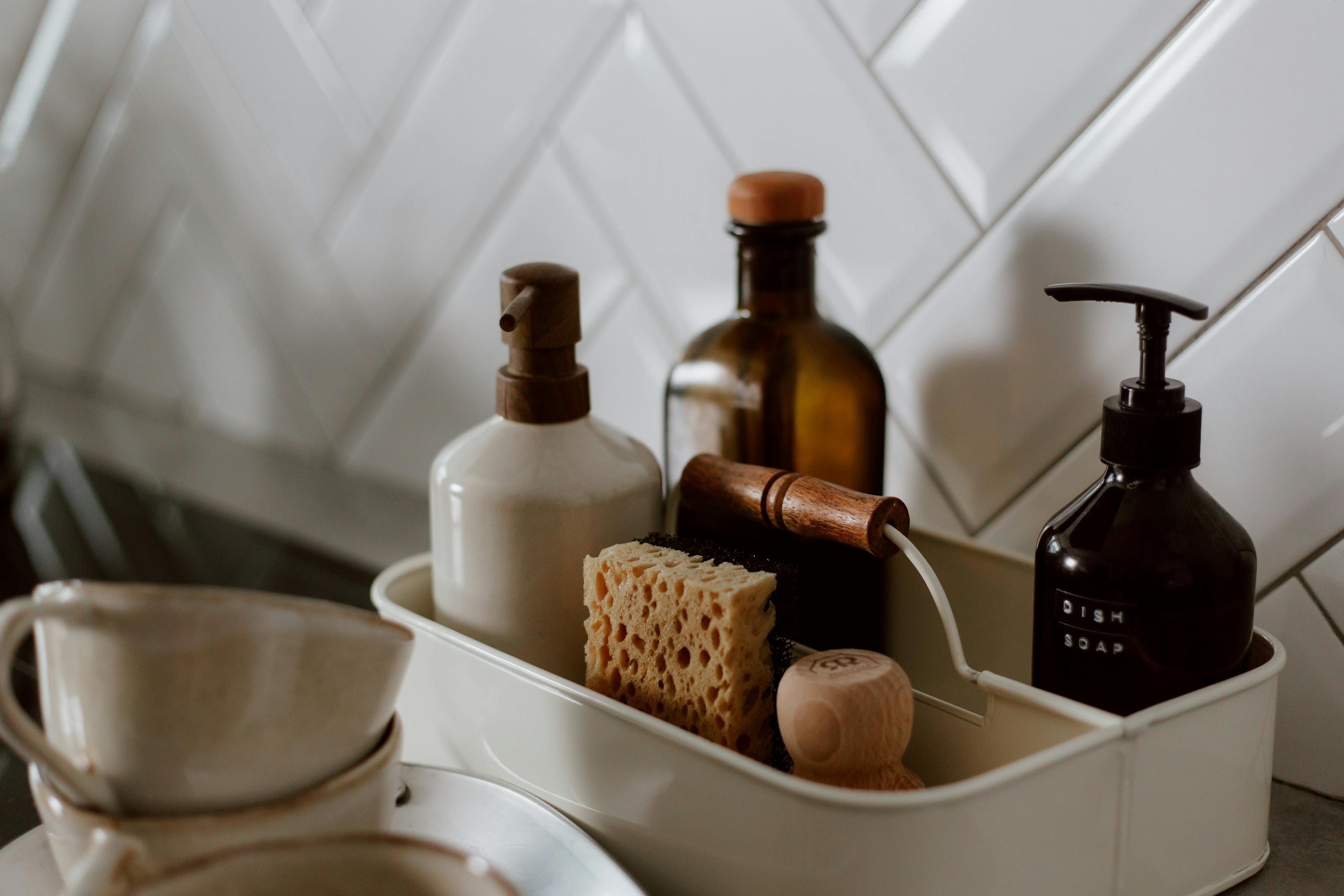
How Often Should You Replace Your Sponge?
Let’s face it: we all hold onto things longer than we should – and dish sponges are no exception. They might start out all fresh and clean, but before you know it, they’re a soggy, smelly mess. So, how often should you replace your sponge? Here’s everything you need to know (and why your kitchen deserves better).
The Two-Week Rule
Ideally, you should be replacing your dish sponge every two weeks if you use it every day. If you’re feeling extra daring, you might stretch it to three weeks – but don’t push your luck! After a couple of weeks, sponges can become bacteria-ridden little monsters. Trust me, they’re not doing your dishes any favours at that point.
What’s Lurking in There?
Over time, sponges become the perfect breeding ground for bacteria, mould, and mildew. That seemingly innocent sponge could be spreading germs onto your dishes, countertops, sinks, and even your hands! And while I’m no doctor, I’ve heard a dirty sponge might be a fast track to a dodgy stomach bug. Yikes!
Nordesign | Coconut Sponge
Time for a Change
If your sponge starts to smell weird, changes colour, or begins to tear or crumble, it’s time to bin it. Even if it still looks alright, don’t get too attached – toss it after two weeks of use, no questions asked.
Can You Clean a Sponge?
Sure, you can extend its lifespan by giving it a good clean. But let’s be real – it’s not going to make it as good as new. You can microwave it, chuck it in the dishwasher, or boil it, but eventually, you’re just delaying the inevitable. Don’t forget to check the label to make sure your sponge can handle the heat, though!
Nordesign | Dish Washing Brush
Alternatives to Sponges
Sponges are great, but they’re not the only option. Consider using dish brushes, coconut scrubbers, or reusable Swedish dishcloths. Dish brushes are less porous and easier to clean than sponges, making them less likely to house a bacteria party. Swedish dishcloths can be washed multiple times and stay more hygienic if cleaned regularly. And if you still love a sponge, go for an eco-friendly option like a cotton and wood cellulose sponge, which is biodegradable and kinder to the planet.
Make It Last (A Little Longer)
If you really want to get the most out of your sponge, squeeze out excess water after every use and let it air dry properly. Or, rotate between two sponges – use one while the other dries. But remember, sponges are not forever! Treat them like disposable items and replace them often.
Going Green with Sponges
For those of you thinking about the environment (and good on you!), biodegradable or compostable sponges are a great choice. They still need to be replaced regularly, but they won’t sit in a landfill for the next hundred years. If you’re looking for something more sustainable, brushes or Swedish dishcloths are worth a try – more hygienic and longer-lasting!
Final Thought: Don’t Let Your Sponge Overstay Its Welcome
So, there you have it. Your sponge might be small, but it has a big job to do – so don’t hold onto it for too long. Swap it out every two weeks, consider eco-friendly options, and say goodbye to lurking bacteria. Your kitchen, your dishes, and your health will thank you!

